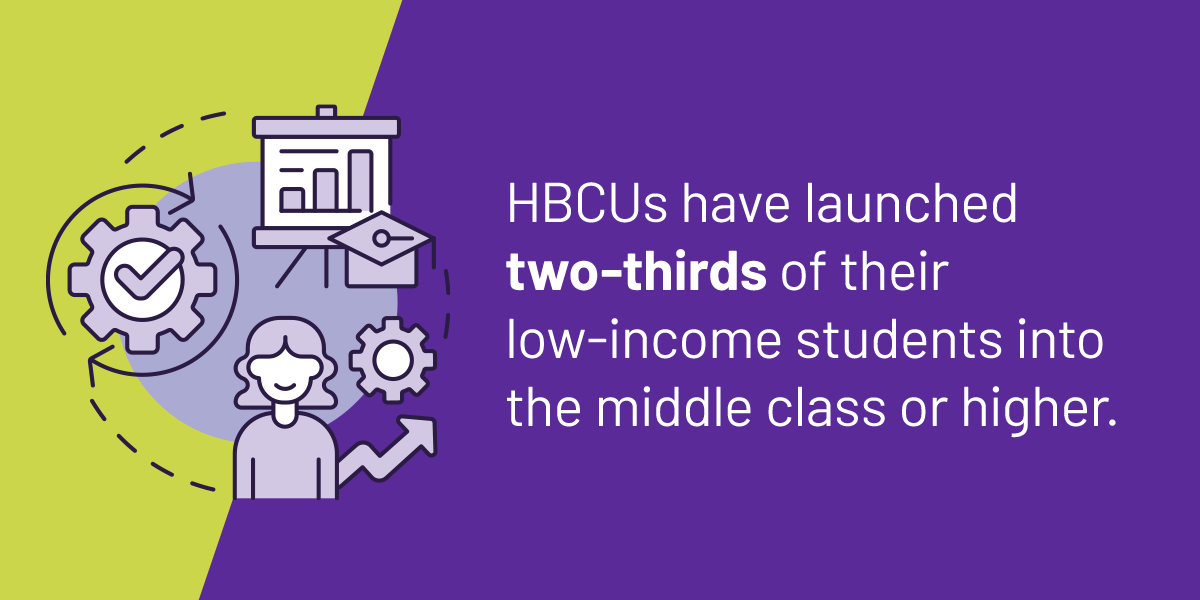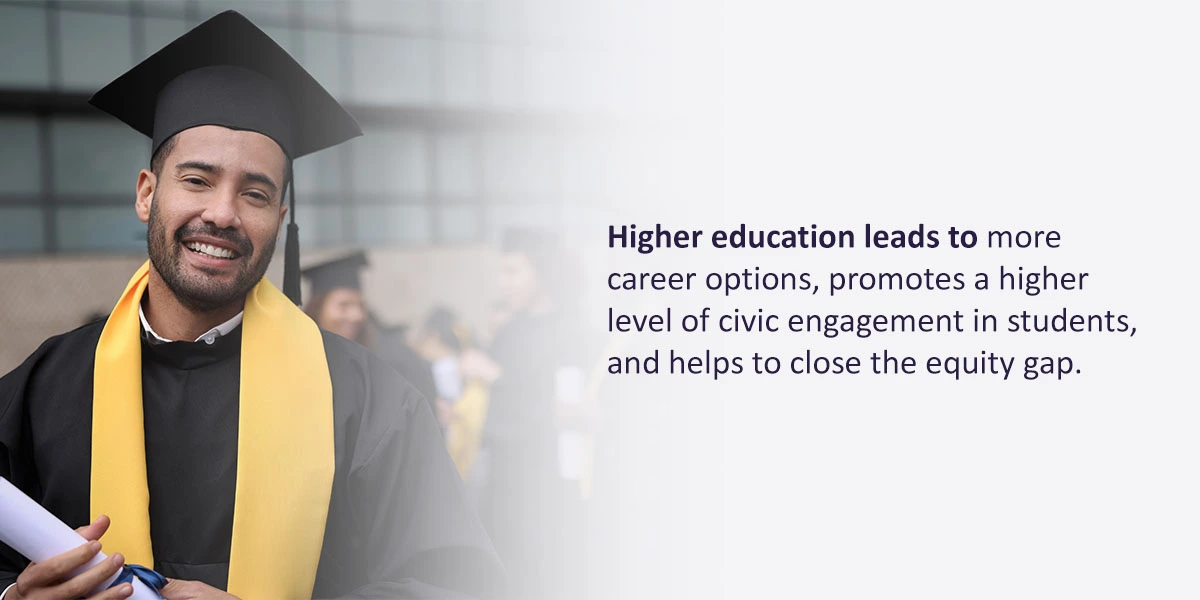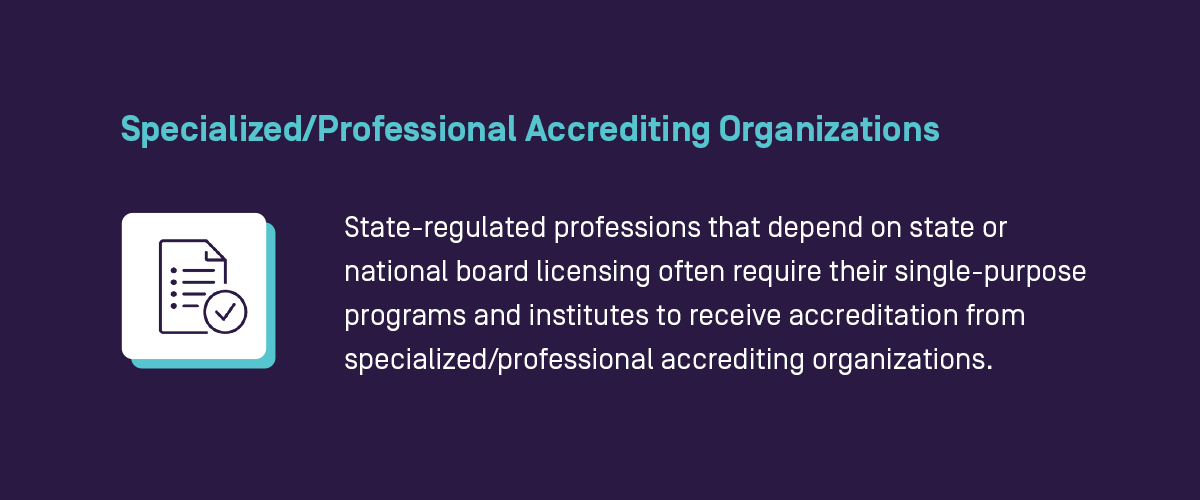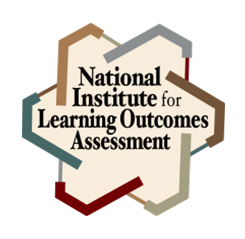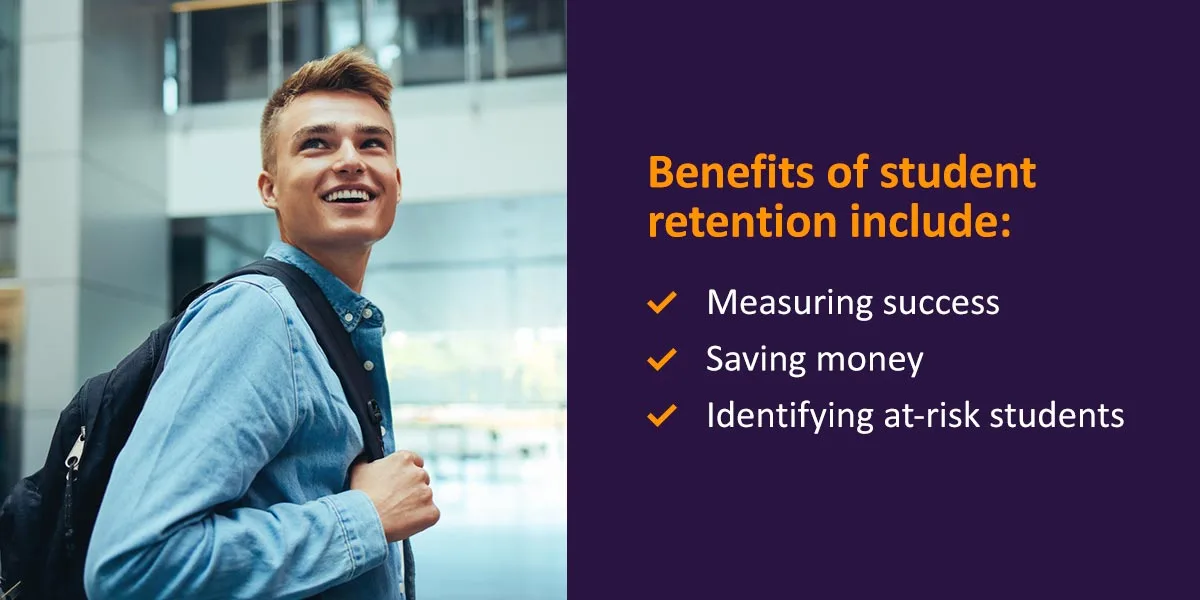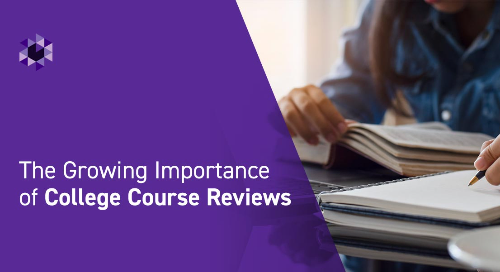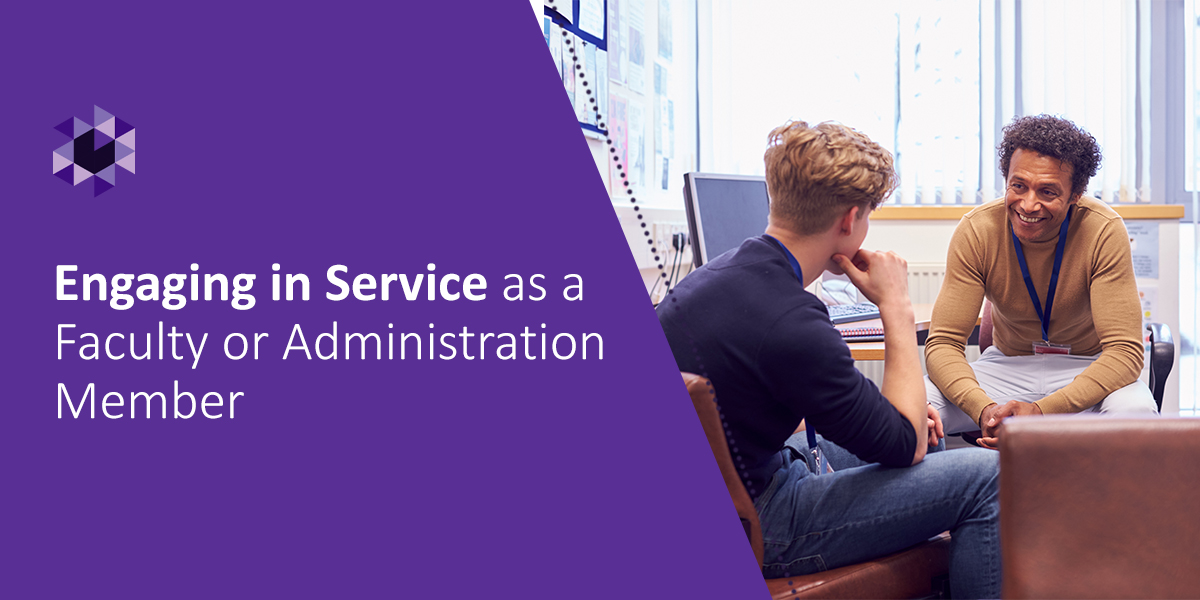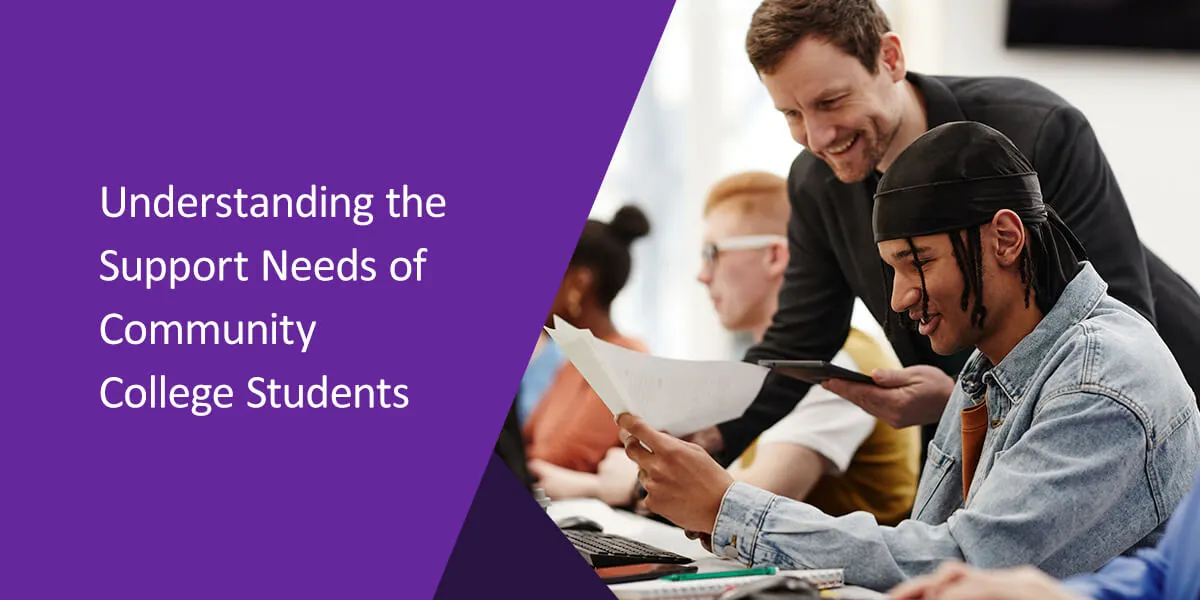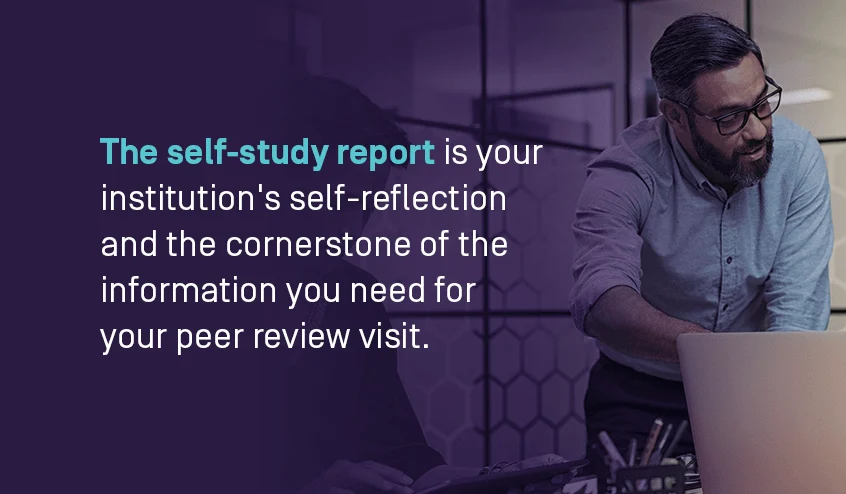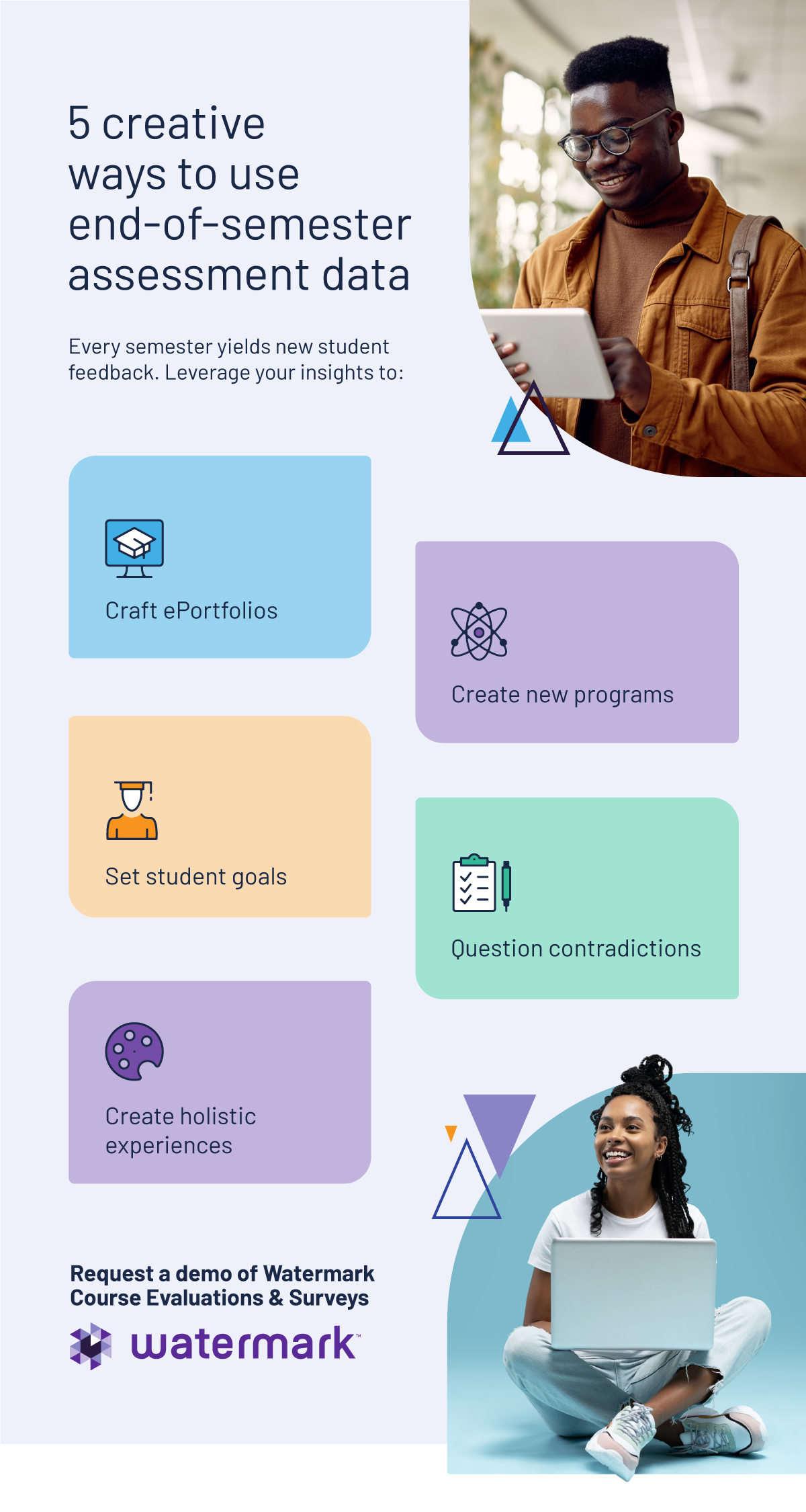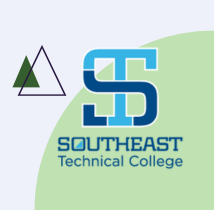




The new administration taking office has caused much debate in higher education, and accreditation has been in the spotlight. We’re on the brink of far-reaching changes that could reshape higher education. Many of the proposed changes affect accreditors, many of whom will have to adjust their standards to maintain access to federal funding for institutions.
Higher education accreditation changes, in turn, affect institutions nationwide. While accreditors are grappling with the proposed changes, many institutions remain uncertain about how updates to accreditation will impact their daily operations. The first step for accreditors and institutions is to have an action plan to adapt to any changes. Many are using data to their advantage as they navigate the new face of accreditation in higher education.
Accreditation is a process that higher education institutions undergo to receive recognition for their academic programs and operational effectiveness. Accreditors will evaluate your institution against established standards to ensure you meet specific quality benchmarks. Once accredited, your institution must stay abreast of any accreditation updates to ensure a successful reaffirmation process.
Accreditors have several primary functions, including:
The United States Department of Education (DE) recognizes accrediting bodies and provides guidelines regarding these accreditors. However, higher education institutions operate with autonomy. The practice of accreditation arose to conduct non-governmental evaluations of higher education institutions. In short, accreditors and the DE are two separate organizations that operate independently from one another.
Although the accreditation process comes with challenges, it offers significant benefits to students, faculty, institutions, and the community. It provides students with a high-quality education and gives them degrees that carry a higher value in the job market. Accreditation also promotes continuous improvement and helps institutions maintain standards that increase enrollment and retention. Faculty often have access to rich research and professional development opportunities when working for accredited institutions, allowing them to impact student success, and so the cycle continues.
Accreditors work independently of the DE, which means only they can remove an institution’s accreditation. The new administration has identified accreditation as an area for attention, and many accreditors may make changes to align with the evolving stance of the DE. Under the new administration, accreditation could see the following changes:
The US House of Representatives has passed HR 3724, also known as the “End Woke Higher Education Act,” which contains two bills. The first bill, the Accreditation for College Excellence Act, attempts to ensure that institutions are not required to implement DEI policies to obtain accreditation. If the act passes, accreditors will no longer be able to enforce standards that compel institutions to implement DEI policies.
The second bill, the Respecting the First Amendment on Campus Act, requires public colleges to promote free speech to access Title IV funds. Accreditors may well adjust their policies regarding DEI and free speech to maintain DE recognition and grant students at accredited institutions access to federal funds.
The new administration heralded some shifts in immigration policy, including opening institutions up to immigration raids. Many believe this is only the beginning, and future immigration policies could impact accreditors and higher education institutions. Institutions would encounter challenges recruiting international students. Changing international perceptions and stringent rules about access to US higher education may necessitate a new approach to resource allocation, especially in enrollment.
As the new administration intends to restructure the DE, it could have a ripple effect on the accreditation process. Depending on the process, we could see reduced funding for programs like Title VI and Title IX, which may open up funding for new programs. The administration also proposes financial aid, including Pell Grant, which could change student access to funding. Accreditors value the student experience and will likely adjust their standards to ensure students can still receive access to federal aid.
The current and prospective changes to higher ed accreditation could have lasting effects on institutions. They highlight concerns about autonomy, accountability, and the role of federal oversight in accreditation. Despite these concerns, many accreditors are taking a proactive stance to prepare for potential policy shifts, including:
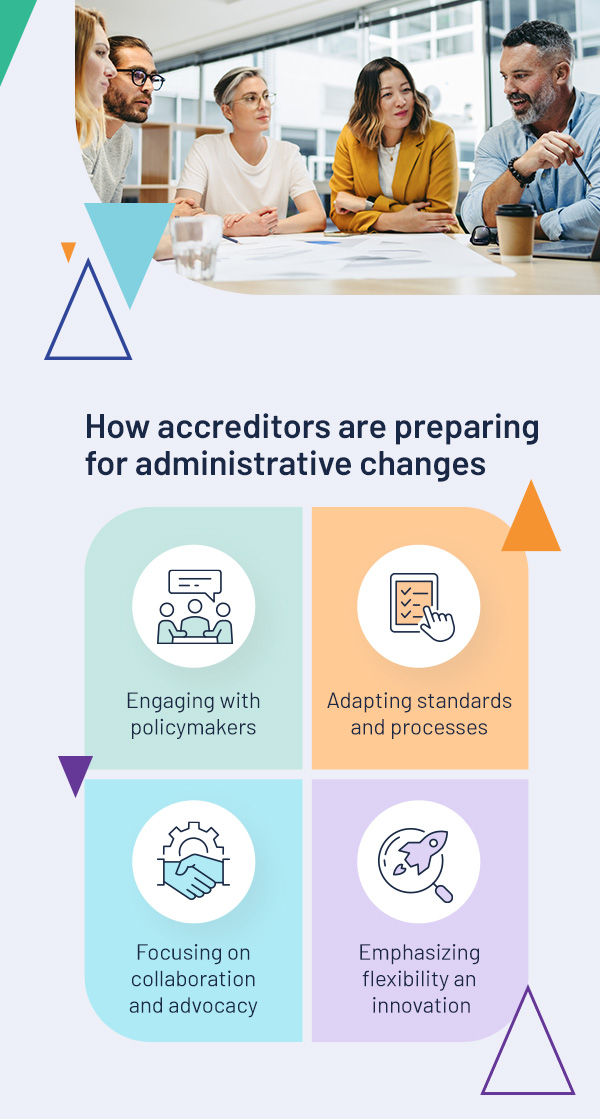
The prospective updates to accreditation policies have a significant impact on higher education institutions. As the criteria evolve, you must stay ahead of the changes to ensure a smooth accreditation process. The right technology and tools can facilitate accreditation preparation and help your institution meet evolving standards. Some of the ways that your institution can use technology to support accreditation processes include:
Data is at the heart of accreditation. Today’s technology allows you to collect, analyze, and synthesize massive amounts of data on student engagement, performance, and learning outcomes. You can provide evidence that you’re meeting accreditation criteria while gaining insight into the effectiveness of your educational programs. Seeing all your data in one centralized hub supports informed decision-making around curriculum development and resource allocation.

High-quality data also streamlines the process for accrediting bodies. When you provide them with holistic qualitative and quantitative data, it enhances the accuracy of their evaluations and gives them an in-depth understanding of your effectiveness. You and your accreditors see the same picture of your institution’s strengths and opportunities for improvement. Data creates a detailed narrative that illustrates how you meet accreditation criteria and plan to improve.
The right tools allow you to develop online portfolios and documentation systems that streamline accreditation. You can create digital repositories of your data that demonstrate compliance, including course materials, assessment results, and institutional policies. Accreditors can review materials in one central location, which enhances transparency.
Centralizing your documentation in an online format saves you time and resources during the accreditation process. It also fosters a culture of continuous improvement, which is essential to accreditors.
A successful accreditation process relies on communication. With the right technology, you can create collaborative platforms that simplify internal dialogue and promote collaboration. These tools allow you to track progress, share updates, and assign responsibilities. At any time, anyone can see where you are in the accreditation process and adjust their approach based on real-time data.
Technology allows you to go beyond regular reviews and monitor your efforts continuously. Use data analytics and performance metrics to track your progress over time. With data at your fingertips, you can intervene and support any programs falling behind and stay aligned with accreditation standards. Continuous monitoring allows you to focus on improvement over compliance. Accreditors encourage institutions to view the accreditation process as dynamic and ongoing, which promotes accountability and continuous improvement.
Accreditation affects your entire institution, including students. Technology allows you to gather course feedback from students that informs your improvement strategies. You can meet students where they are, allowing them to respond via smartphone or directly through your learning management system (LMS). With higher response rates, you can get a more holistic picture of whether your courses are meeting the desired student outcomes. You can also share each student’s perspective with faculty to inform their continuous improvement efforts.
Potential accreditation changes mean that higher education institutions must take steps to stay agile in a changing landscape. Take the following steps to stay on track:
The appropriate data collection tools help you assess how your academic programs and administrative practices perform. Insight into these practices informs continuous improvement when meeting accreditation standards. You should be able to identify trends and patterns in your data to enhance collaboration and transparency across your institution.
Use data to conduct an accreditation gap analysis and self-assessment, comparing the standards you are aiming to reach with your current progress. These processes will offer insights you can use to create a strategic improvement plan to improve your weaknesses as you move closer to your site visit or submitting your self-study.
Students and faculty are likely concerned about how accreditation changes will affect their respective learning and teaching experiences. Transparent communication about changing policies and procedures can put their minds at ease and make them feel like part of the process. Provide open forums where they can share their concerns and provide ideas. Address their concerns and reiterate your institution’s support for everyone on campus.

Regardless of any changes in accreditation policies, your institution can maintain its support of students. Use a data-driven approach to allocate resources and use purpose-built student success solutions to recognize students who may be struggling. Student support initiatives are also crucial during times of change. Simplify access to financial aid, and provide workshops to educate students on their options.
In addition, it aims to support students through every stage of their academic journeys. Provide a range of support services for students from all backgrounds, including mental health counseling, child care, tutoring, mentoring, and support groups.
Investing in professional development opportunities helps everyone at your institution navigate accreditation changes. Training programs equip faculty with the skills and knowledge to adapt their teaching methods and curricula in response to new accreditation standards. Encourage faculty to collaborate on best practices and share innovative teaching strategies that align with new accreditation requirements.
Inform your staff of new administrative policies in response to changing accreditation standards, and take a collaborative approach that prepares them to support students through any transitions.
A curriculum map shows faculty where they can address student learning outcomes. It allows you to identify and address gaps and improvement opportunities that could benefit the accreditation process. Consider your mission when designing objectives for your program to better align with accreditation standards.
The more data you have to work with when mapping curricula, the better you can align course content with the desired student outcomes. Make your objectives measurable to provide evidence for accreditation and make changes to drive student success. Your curriculum map can also promote consistency across courses, showcasing your institution’s effectiveness and keeping students engaged.
Establish clear expectations and responsibilities for all stakeholders involved in the accreditation processes. Define roles and outline specific tasks for faculty, staff, and administrators. Encourage them to use technology solutions to collaborate, and create a sense of ownership and achievement around achieving accreditation goals.
You can also enhance accountability by integrating accreditation goals into your professional development plans. Align individual and departmental objectives with accreditation criteria to ensure everyone is working toward the same goals. In addition, prioritize ongoing communication about accreditation efforts to foster trust and engagement among all stakeholders.

The upcoming administrative changes require a proactive approach. Like accreditors, your institution works to ensure quality and accountability in your operations. When the goals change, you can pivot when you leverage innovative technology. Navigate any accreditation changes with Watermark’s solutions, which are designed specifically for higher education.
Watermark accreditation management software allows you to demonstrate your progress with ease, building robust processes so that you’re always prepared to demonstrate compliance with evolving standards. Use assessment and programmatic data to make actionable reports, address improvement opportunities in real time, and stay a step ahead, regardless of accreditation changes.
Our accreditation management software is part of a complete Educational Impact Suite (EIS), which allows you to collect, analyze, and drive improvement with complex data. Simplify your accreditation process and request a demo from Watermark today!
















































